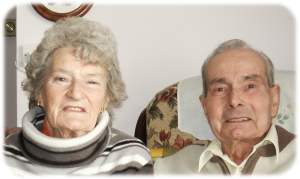|
‘By the time I got back to England back to Southampton on
the Isle de France I weighed 13
stone ten, On that Canadian train . . Beautiful. . . Same train all the
time, they changed the sheets and bedding . . Marvellous trip . . I always
wanted to go back. Unfortunately
I left it too late. Can’t
make it now. .’
‘Landed at Southampton, couple of days there, sent me home on
leave, after Christmas I had to report back to Trowbridge a couple of days
there and then they sent me to Taunton for demob. We had our passes late.
I had to get a later train and got to Chard Junction at three o’clock in
the afternoon. . . Marvellous trip . . I always
wanted to go back. Unfortunately
I left it too late. Can’t
make it now. .’
‘Landed at Southampton, couple of days there, sent me home on
leave, after Christmas I had to report back to Trowbridge a couple of days
there and then they sent me to Taunton for demob. We had our passes late.
I had to get a later train and got to Chard Junction at three o’clock in
the afternoon.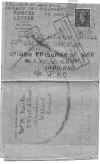 My uncle was there to fetch me in the car. He went so far
up the road he went the other way . . .he went round Forde Grange, I
couldn’t make it out. Anyway, I didn’t ask questions, I looked around
, it was nice to feel I was home and recognise places. We got to the bottom of the village, lo and behold, they were
all waiting with a great big rope and they pulled the car through the
village, all dressed up with ribbons and everything.’ My uncle was there to fetch me in the car. He went so far
up the road he went the other way . . .he went round Forde Grange, I
couldn’t make it out. Anyway, I didn’t ask questions, I looked around
, it was nice to feel I was home and recognise places. We got to the bottom of the village, lo and behold, they were
all waiting with a great big rope and they pulled the car through the
village, all dressed up with ribbons and everything.’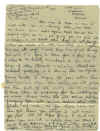
Fred’s mother wanted to give him
rice pudding as a treat not realizing how his miserable diet over those
three and a half years had been little else.
'My
mother said ‘we’ve saved
your dinner for you, Fred. Got
a lovely cooked dinner for you’. ‘Oh’,
I said, ‘that’s lovely- I’ll
look forward to that’. ‘But
I’m sorry, we haven’t got any sweet left, we’ve eaten it all’.
‘Oh, what a pity’, I said, ‘what was it? ‘
She said ‘rice pudding. So
I said - I laid down a law then. I
said ‘whoever puts a rice pudding down in front of me - the rice pudding
goes out the window & whoever made it follows it !’ (Click on
pictures for larger images)
Among those who
pulled the car up through the village was Gwen, a girl in the WAAF who Fred
had known from school days when he used to work the bellows on the organ
at Sunday School and she used to sing in the choir.
‘I used to give her a
wink every now & then when
I was on the organ, so I made up my mind then - you know - but it took a
long time. We both went our own ways, but I came back & she was one
of those helping to pull the car up through the village. We got chatting & I found that she was still free
& still eligible so it started all over again’.
Gwen
& Fred Newton were married 1947. Fred passed away in 2005
.Gwen is now living in a nursing home (2016)
Copyright
reserved by Fred Newton & Peter Duffell
|

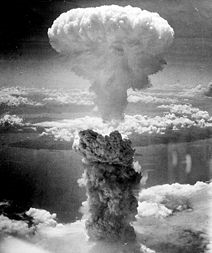

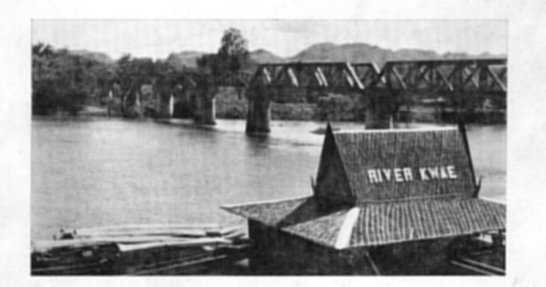 ted as nobody knew what they might do to the
POW’S in Burma and Thailand.
ted as nobody knew what they might do to the
POW’S in Burma and Thailand.


